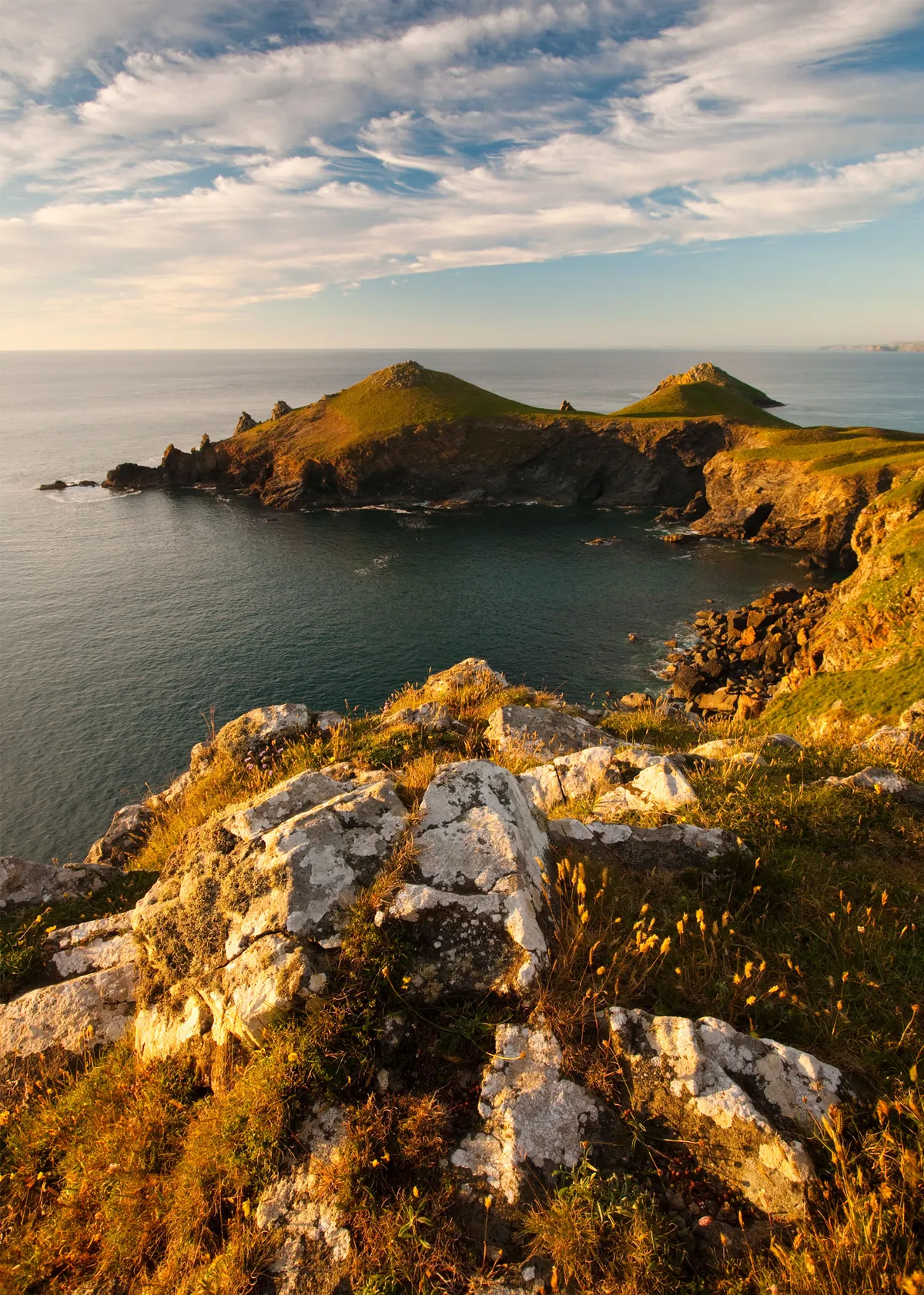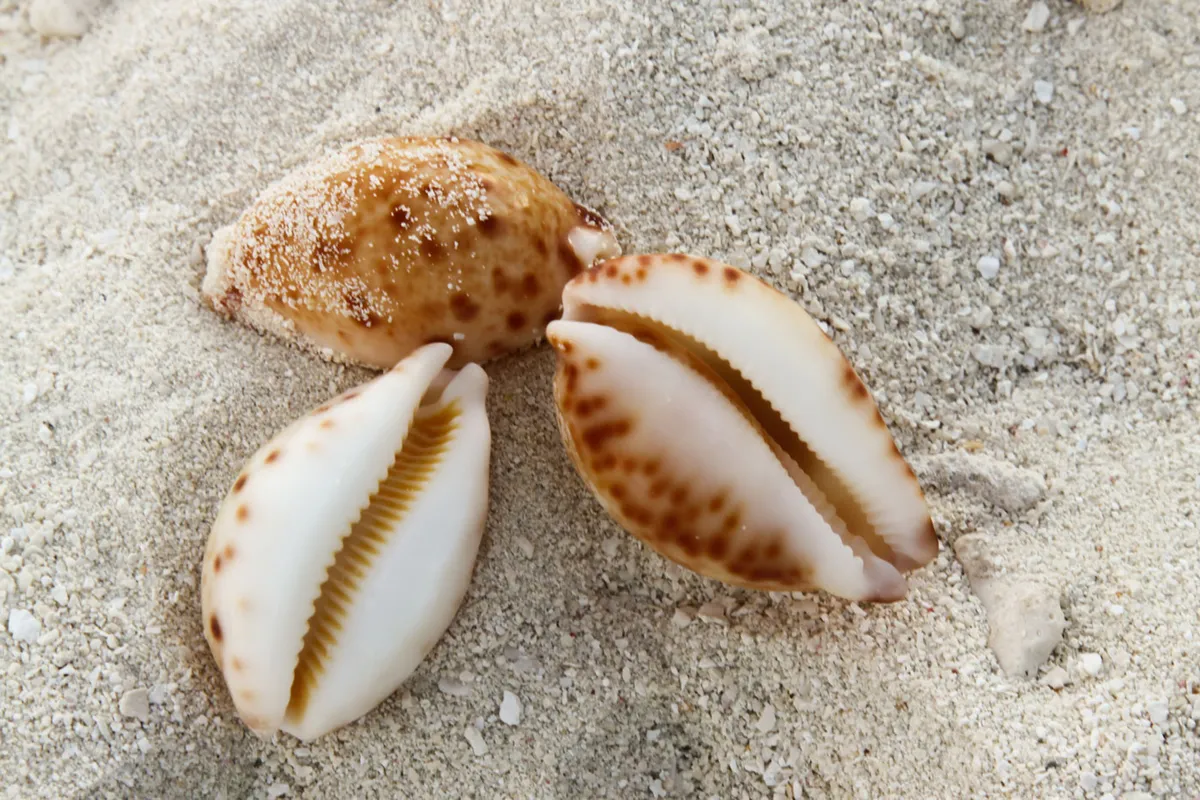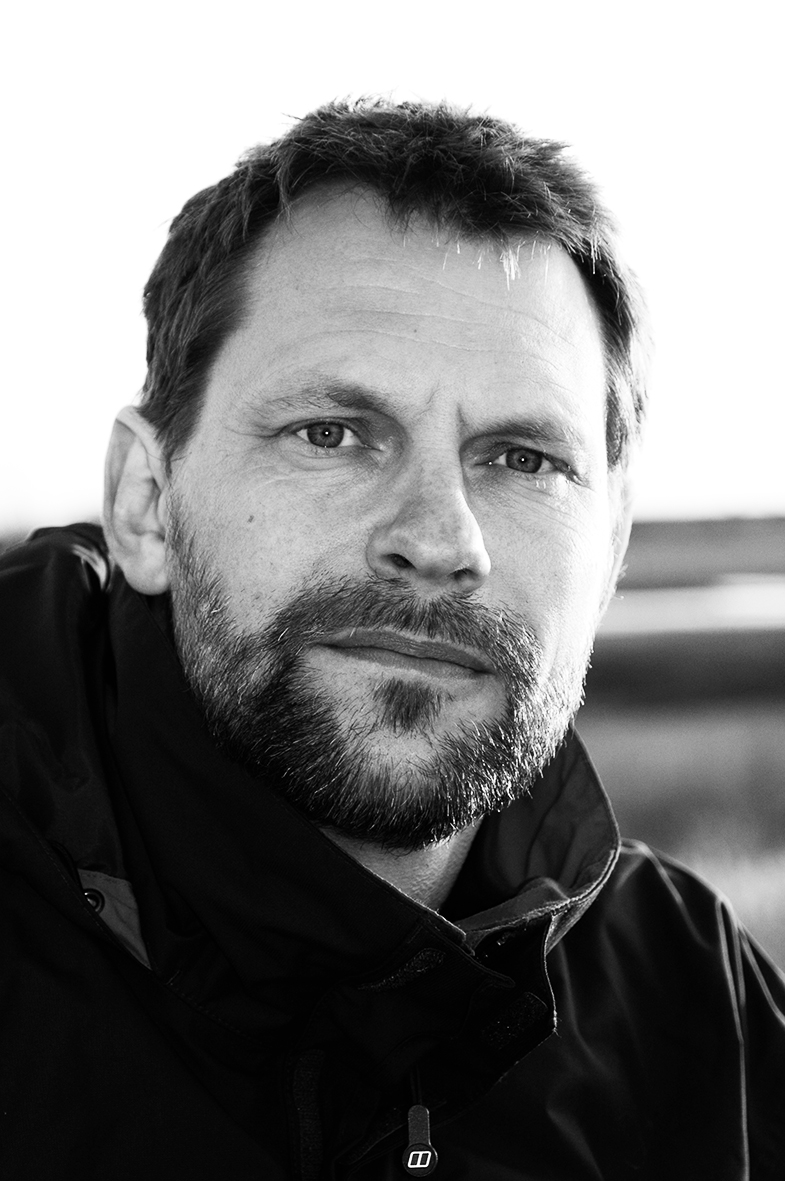Pentire Head holds a special place in the hearts of my sister and I. We spent the sizzling hot summers of the 70s playing on the sands at nearby Polzeath, but we’d always escape the busy beach for an afternoon to explore this peaceful peninsula.
Forty years on, we’ve returned to walk its wild coastline, hoping to uncover some buried treasure.
1. Bats and seals
From the old silver-lead mines at the car park, now occupied by rare greater horseshoe bats, we follow signs for the coast path, then head north from Pengirt Cove for about a mile. The jade-green bays below are often a good place to spot grey seals – today we’re unlucky.

2. To the Rumps
Crossing a narrow isthmus, we leave the main trail to explore The Rumps. This splayed, rocky promontory was the site of a Celtic cliff castle, the remains of which can still be seen as a series of impressive Iron Age mounds and ditches. Peregrine falcons patrol the sky around Sevensouls Rock – a striped slab of stone sliced from the headland – and, a little further out to sea, The Mouls provides an island home for breeding puffins in summer.
3. Legends of the fall
We rejoin the coast path and press on to Pentire Point where, at the beginning of WWI, Laurence Binyon wrote his famous poem For the Fallen. The moving verse, immortalised here in stone, will again be read at Remembrance services across the country this November.

The view over Padstow Bay to the south-west is inspiring; beyond Stepper Point – a headland marking the mouth of the Camel Estuary – are the legendary sandbanks of The Doom Bar. Said to be created by a mermaid’s curse, the sand bar, sitting before the popular resort of Padstow, is responsible for more than 600 shipwrecks.
4. Buried treasure
A rocky terrace stretches out south from the cliffs. We follow steps down to the first pebbly strip we find. The inconspicuous inlet, sheltered by steely-blue stone shot through with rusty streaks, has always been known to us as ‘Cowrie Bay’.
Cowrie shells are delicate, egg-shaped pearls – pale pink, sometimes spotted, with a smiling, tiny-toothed mouth. Though widespread on Britain’s west coast, they’re never easy to find. In fact, searching for them seems to be a tradition that runs in families (there’s another here hunting for them today) and it was a must-do activity for me and my sister when we were kids. So I challenge her in a long-overdue re-match to find the most.
After an absorbing hour of carefully sifting through the shingle and other shells, I win by 14 cowries to Helen’s six. The years have clearly taken their toll – she blames her defeat on not having her reading glasses.

5. Silver surfers
The incoming tide forces us to leave Cowrie Bay and continue on the path to Pentireglaze Haven. This quiet cove holds more happy memories; we used to surf on the gentle waves and play cricket on the sand, before returning to the car park at the heart of this special headland.
Discover more great walks in the British countryside
